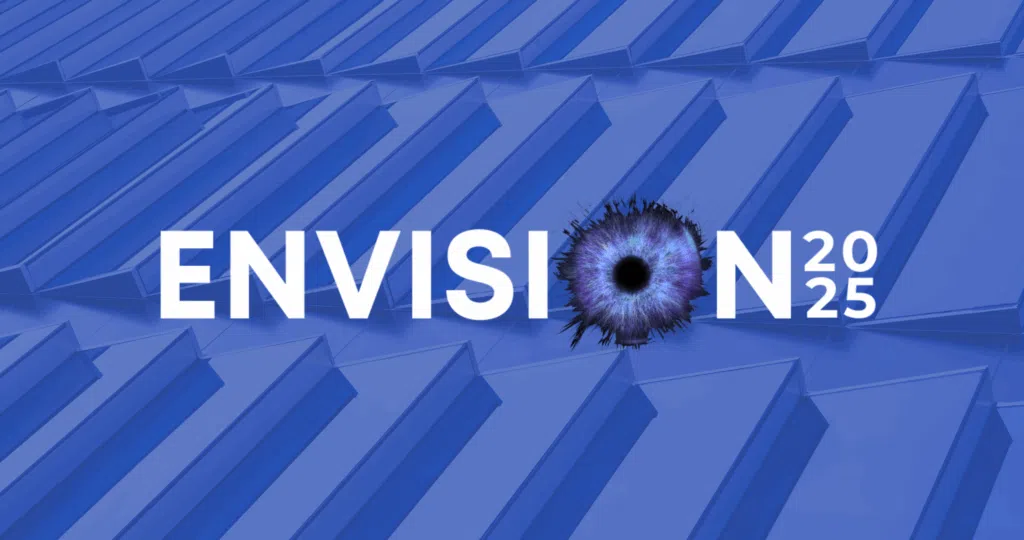Matt Delaney, Senior Manager, Tax Automation Services
30-Second Summary:
- Microsoft recently re-branded Office 365 as Microsoft 365 to highlight the integrated platform that serves as its collaboration framework
- SharePoint is a central part of this platform, which in total offers tax departments tools for collaboration, centralized tax document storage, increased process improvement and automation features, and powerful data visualization capabilities
- This article examines these updates, including how Microsoft and SharePoint integrate with other cloud-based technologies like Power Automate and Power BI
As the world comes to terms with the “New Normal” facing all of us at home, in the community, and in the workplace, many of the technologies that tax departments and companies used in the background are now front and center every day. With remote work seeming to be reality for the foreseeable future (and becoming permanent in some cases,) budgets being watched closely, and uncertain economic and political environments, the ability to easily communicate with colleagues, collaborate on work, streamline manual processes, and do more with less is defining what the new normal will look like, even as we return to the office.
For corporate tax departments specifically, the same activities must be completed regardless of the work environment. Tax filings are still due, quarterly earnings must be released, and new laws are being passed which add to everyone’s workload, all highlighting the importance of having the proper tools and platforms in place to work effectively.
Corporate Tax and Microsoft 365
Microsoft recently re-branded Office 365 as Microsoft 365 to highlight the integration of all applications across the platform and the changing world where both consumers and business users expect things to be faster, simpler, secure, and available everywhere, with collaboration at its core. I like to define collaboration as the ability to work well with your teammates, whether it be communicating through email or messaging, being able to access all of your documents in a central, well-organized location, having integrated workflows and processes, and having analytics readily available for key metrics, all while knowing your data is safe and secure.
Centralize Tax Files with SharePoint
Microsoft’s primary application for collaborating on files and lists across the enterprise is SharePoint, which often serves as the backbone for intranets and corporate applications. It allows you to store and tag files for effective organization, share them securely with others in your company, work concurrently in a single file to maximize productivity, and track versions to make sure important work is not lost. For tax departments, you can centralize all files within the department and work effectively with stakeholders across the globe, while also using it as a portal for different tax functions. Leveraging the power of lists is another strength of SharePoint that I feel is greatly underutilized and can be used to easily create central entity lists, tax calendars, controller contact lists, and numerous other items. When SharePoint is combined with Microsoft Teams using the out of the box integration for chat, calls, and hosting meetings, the core collaboration needs of a tax department are easily met.
Increase Efficiency with Power Automate
Power Automate is the platform for all things automation and can be used either with SharePoint or independently of it. Traditionally a platform for automation through connectors and APIs, with the recent addition of robotic process automation (RPA) features, you can now use it with legacy and modern applications, both on the cloud and on premises. You can easily create workflows to streamline manual processes, create custom forms and applications without writing code, or trigger actions and notifications to occur when an event takes place. Examples could be as simple as sending an email when a file is uploaded to SharePoint or a tax filing is coming due, to automating and standardizing the sign off process for SOX compliance, or pulling a report from your ERP system and kicking off a data automation process before uploading data to your tax software.
Empower Data with Power BI
Power BI is the data visualization software that can then help tie all of the data outputs from these applications together by presenting dashboards of your data, allowing you to gauge insight into your processes, track progress against goals, measure key tax department KPI’s, and analyze tax data in ways you cannot easily do with Excel or other tools. Power BI connects nicely to SharePoint lists and files as a data source, but can also connect and join many different data sources across the enterprise.
Technology Trends Across the Enterprise
With technology moving at a seemingly blistering pace, it is important to also take a step back and review the tools, platforms, processes, and people you currently have in place in the tax department, and ensure you are also aligned with enterprise IT initiatives that may be taking place as companies continue to become more digital and cloud focused.
Within Microsoft 365, this means being aware of technology that is being phased out, such as SharePoint 2010 Workflows no longer being supported on SharePoint Online/Microsoft 365 after November 1, 20201, or staying abreast of newly released features such as Microsoft Lists2, and the acquisition of Softmotive to further integrate robotic process automation into Power Automate3.
With this shift to digital and cloud initiatives across the enterprise, it may mean your company is in the process of planning or implementing an ERP upgrade to SAP S/4HANA or Oracle Cloud, moving applications and data away from legacy data centers and to the public or private cloud such as Microsoft Azure or Amazon Web Services, investing in new analytics process automation tools like Alteryx, RPA tools like UI Path, Automation Anywhere and Power Automate, or data visualization tools like Tableau, Qlik, or Power BI.
Impact on Tax Departments
What this all means for tax departments is that, with different and more advanced tools available within companies, gone are the days of needing to do all of your work in Excel, and, with the move towards modern ERP’s and cloud platforms, you may no longer need to rely on IT or other finance functions for data. With remote work also becoming the new normal, you may also lose the ability to easily walk down the hall and ask a question to someone in the same physical location as you which puts an emphasis on being able to collaborate well through technology.
Tax departments are also facing increased compliance obligations, audit requirements, and risks across the globe, are being asked for increased transparency and an assumption that data requests can be easily and quickly responded to, while also facing mounting internal pressure from the CFO to provide more accurate forecasts, shorter close cycles, and reduce costs. Technology may not provide all of the answers to these increasing pressures, but investing in modern tools and platforms can certainly help to alleviate some of the strain, allowing users to spend more time analyzing instead of preparing data, and being able to do more with less.
Across tax, this is turning into the golden age for integrating processes from end to end. By leveraging the tools available within your department and enterprise, you can start to build out a cohesive tax technology strategy if one doesn’t already exist, delivering short term wins while focusing on long term goals, and creating a roadmap that helps provide direction for your tax department’s success in the future.
SharePoint® and Office 365® are registered trademarks of Microsoft Corporation in the United States and other countries.




